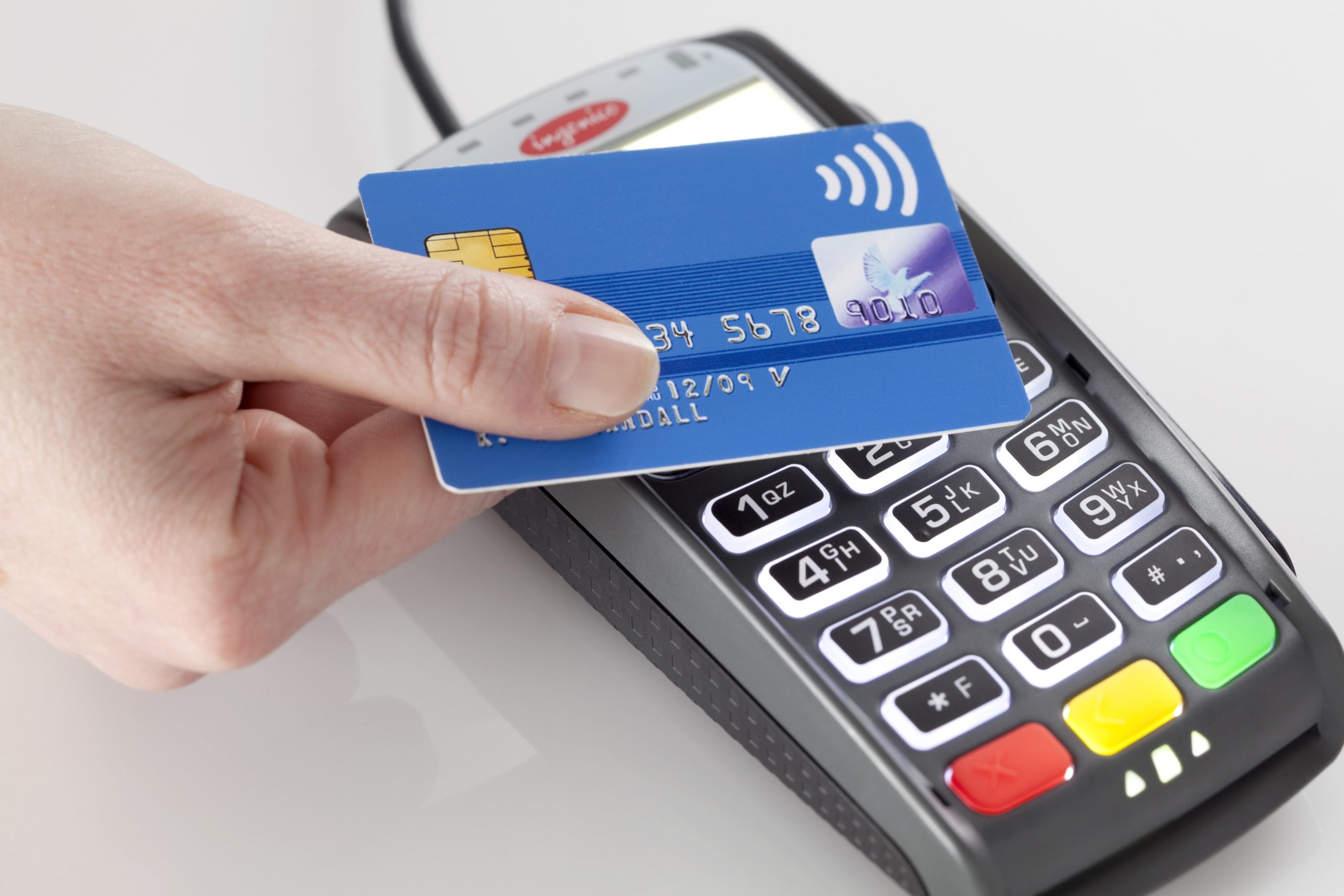DIGITAL LIFE
Are you using your iPhone battery correctly? 8 tips to increase battery life and battery life
There are no magic formulas. No matter how much battery capacity manufacturers offer in their devices, if you don't use them properly, you won't be able to take full advantage of the battery's battery life. At the same time, you'll reduce its average life expectancy if you make the usual mistakes when using it.
Fast charging systems help keep devices powered, but you must follow some "rules" that manufacturers like Apple point out so that the battery has a good battery life and lasts longer throughout the day.
After all, if browsing the internet used to heat up the modem, it is now "turbocharged" with 5G processing. Games, screen brightness and, more recently, artificial intelligence processing NPUs eat up the battery and suddenly, not even the 6,000 mAh capacity guarantees all-day use.
Learn some tips that you should use on a daily basis to develop good smartphone usage habits. And most of them are valid not only for iOS smartphones but also for Android.
1 – Charge frequently and avoid completely draining the battery...There were myths that the battery would become addictive if we charged the smartphone with some battery left. In other words, the device would only receive a full charge if it was charged from 0%. And this idea can't be so wrong, at least with the latest generations of smartphones. You should do the opposite: never let the battery run out and you should avoid charging it to the maximum.
Apple recommends that you activate the feature on your iPhone that limits the charge to up to 80%. Although you will have less battery to use during the day, in the long run it will give the device a longer lifespan. You should also avoid letting your smartphone drop below 20%. When it reaches this level, the iPhone will ask if you want to turn on Low Power Mode, this is to prevent the rest of the battery from disappearing before you have time to charge it. This mode reduces screen brightness, optimizes performance, and minimizes system animations. The email app stops loading emails in the background, and features like AirDrop, iCloud sync, etc. are turned off. This is so you can continue making calls, sharing messages, and browsing the internet.
2 - If you're not in a hurry to charge, use your computer's USB...It's a fact that we want our smartphones to always be charged and fast. But it's not always necessary to use fast charging systems. If possible, connect your smartphone to a notebook via USB and let the machine charge the device. It will take forever, but consider this energy as "pure", as it powers the smartphone without overheating or straining the device.
3 - Check which apps are using the most battery...Both iOS and Android smartphones already offer the ability to list apps by energy consumption. This way, you can quickly check which apps are draining your battery. To see this on iOS, go to Settings and choose Battery.
Here you can see which apps continue to use energy even when they are not in active use. In this case, you can disable this feature in the settings, go to General and then “Background Update”. Here you will see the list of apps that are authorized to update when they are not in use. Turn off the ones you don’t need and that consume the most energy.
4 – Avoid using in environments with extreme temperatures...Using on the beach or in the countryside, in direct sunlight, on hot days, causes smartphones to overheat and, as a result, the battery “evaporates” quickly. The same goes for cold environments, with negative temperatures. Apple recommends using the iPhone between temperatures of 16º and 22º Celsius. Anything above 35º C puts the device at risk and can even cause permanent damage to the battery’s autonomy. And charging the smartphone in this hot environment can also be fatal. In the same way, you should not use or charge it below negative 20º.
5 – Remove the protective cover while charging...Removing the protective cover while charging allows the device to “breathe”, but practically no one applies this simple tip shared by Apple. Certain covers can generate excess heat when charging, generating excess heat that can affect the battery’s capacity. If you notice that your smartphone is getting hot while charging, remove the cover immediately.
6 – If you permanently store your smartphone, leave it with 50% charge...When you need to store a smartphone that you won't use for a while and that you might eventually recover, always leave half of the charge in the device. Its “dormant” state consumes energy, so if you intend to keep the device deactivated for more than six months, charge it again to 50%, explains Apple. Keep the smartphone stored in a cool, dry place.
7 – Adjust the screen brightness and turn off location services...The brightness of the iPhone screen consumes energy, so reducing the brightness will give you more autonomy. You can let the system adapt, but if you feel that it is too bright, reduce it in the quick settings. When possible, use the “black” mode, as it consumes less energy, because there is less brightness.
Location services also consume more battery, because they keep the GPS in constant use. And there are apps that ask for the location for everything and nothing. Define which are the essential ones to access the location. You should take Wi-Fi and notifications into account. Turn off Wi-Fi when you don't need it and set which apps can send notifications to reduce battery consumption.
8 – Keep your smartphone up to date...Updates don't just add features or fix bugs and vulnerabilities. They often affect the device's functions, optimizing its use. Your battery can indirectly benefit from smartphone updates.
mundophone

No comments:
Post a Comment